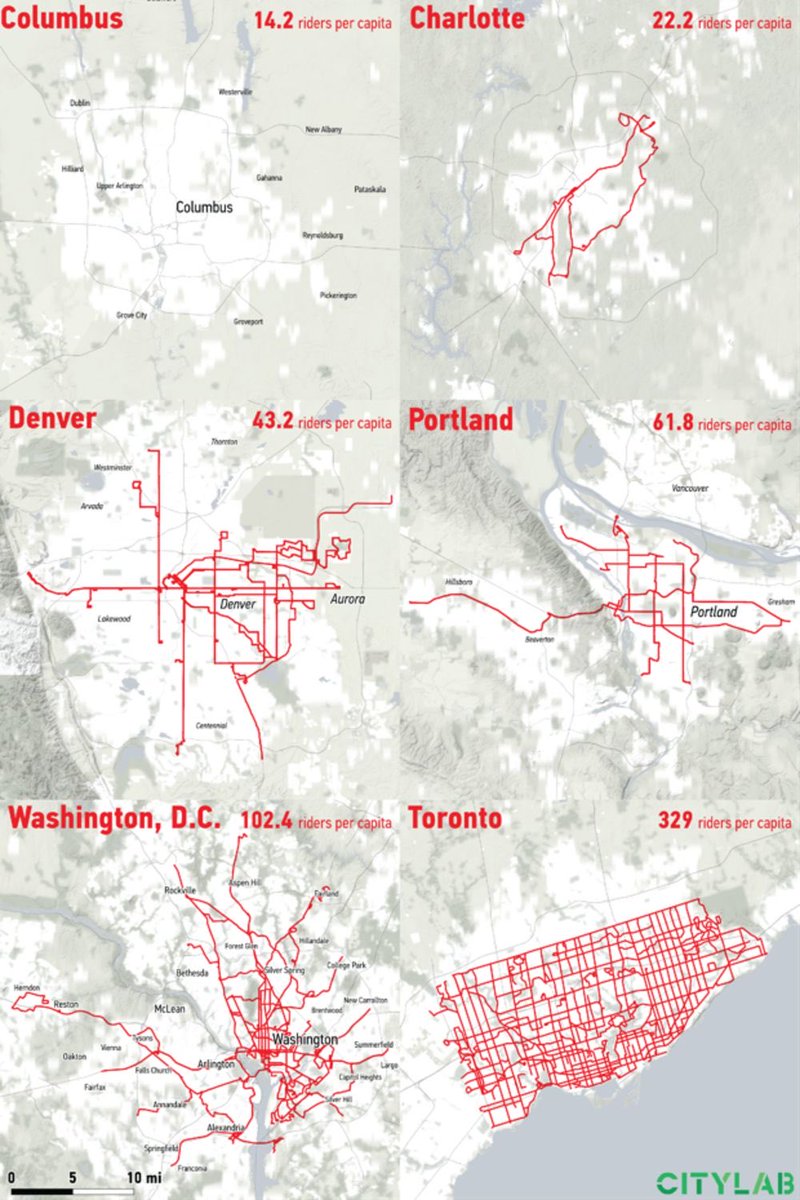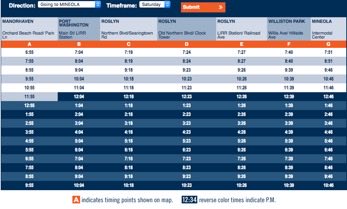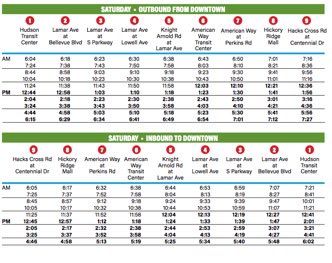A thread about some of the issues raised by Torontonians on the @voxdotcom video. I ride TTC and, believe me, I know its limitations. But as these maps show, the level of service in suburban Toronto is fundamentally different from similar US places. https://youtu.be/-ZDZtBRTyeI ">https://youtu.be/-ZDZtBRTy... 1/
In most US cities, many routes in places that look like Scarborough and Etobicoke really do run once an hour, stop around 7pm, and don’t run at all on Sunday. That’s a completely different world from anywhere in Toronto. 2/ https://www.bloomberg.com/news/features/2018-08-31/why-is-american-mass-transit-so-bad-it-s-a-long-story">https://www.bloomberg.com/news/feat...
In Toronto, the TTC service standard puts 90% of residents within a 5 min walk of a bus route running daily to 1am and 95% of residents within a 15 min walk of a route running 24/7. 3/
The frequent service network, covering most of the city (see map) has a bus scheduled every 10 minutes till 1:30am. That’s even in many areas of pretty much only single-family houses. 4/
I can’t stress enough how unimaginable this is literally anywhere in the US. I lived in Brooklyn, and even there many of the bus routes don’t meet that standard. Here’s what a bus schedule in suburban New York, in an area much like Scarb, actually looks like. And in Memphis. 5/
And what’s the upshot of Toronto’s more frequent service? Ridership that’s unimaginable in any American suburb. Finch East buses, which I was talking about in the video, carry 57,000 riders/day. More than all but 3 routes in NYC, in a suburb of mostly single family houses 6/
The Toronto example matters in the US. Why? Because it shows that transit that is frequent and runs all the time really can attract huge numbers of riders, even if it isn’t very fast and is far from perfect. 7/
People in postwar Toronto suburbs (places with winding streets and houses with garages) ride transit to work at almost the same rate as downtown. That’s unheard of in the US, because nobody with a choice would rely on a bus that comes once an hour and doesn’t run on Sunday. 8/
There’s a sense of transit fatalism in the US (which has spread to Canada), believing transit can never attract riders in lower density suburbs. Toronto proves that false. Investment in basic local service really can get people on the bus. 9/
There’s no guarantee. There are other challenges to attracting riders. But until service is proactively improved, the demand will never materialize. If you build it, they might come. If you don’t, they definitely won’t. 10/
And the cost is very affordable in the context of the billions spent on many capital projects. Often buses and other infrastructure sit idle for much of the day, since they are only operated in rush hours. TTC has the lowest % subsidy of any NA system. 11/
Is the TTC perfect? Of course not! It’s incredible that it has taken until now to start providing dedicated lanes for many of the busiest bus routes on the continent. We need signal priority. And some 905 areas have service that looks much more like the US. 12/
But Toronto still offers a valuable model that is realistic to Americans of getting suburbanites to ride transit in a matter of a few years, not the decades needed to completely rebuild suburbs to a transit-oriented idyll—time we don’t have in the context of climate change. 13/
I wrote my doctoral dissertation (and hope to publish!) on the Toronto model, looking at how it came about through good luck and good decisions in the 1960s, which set us on a very different path from comparable US cities. 14/
We should be proud that so many Torontonians are still not satisfied with their transit. So many people care because so many ride every day. That’s why the best way to build a base of support for transit is to get people to ride. 15/
We shouldn’t just rest on our laurels. There is so much need to improve. But sometimes we need to take a moment to recognize what has worked, where the grass is actually a little greener on this side, and figure out how to extend and improve on that success. 16/

 Read on Twitter
Read on Twitter





